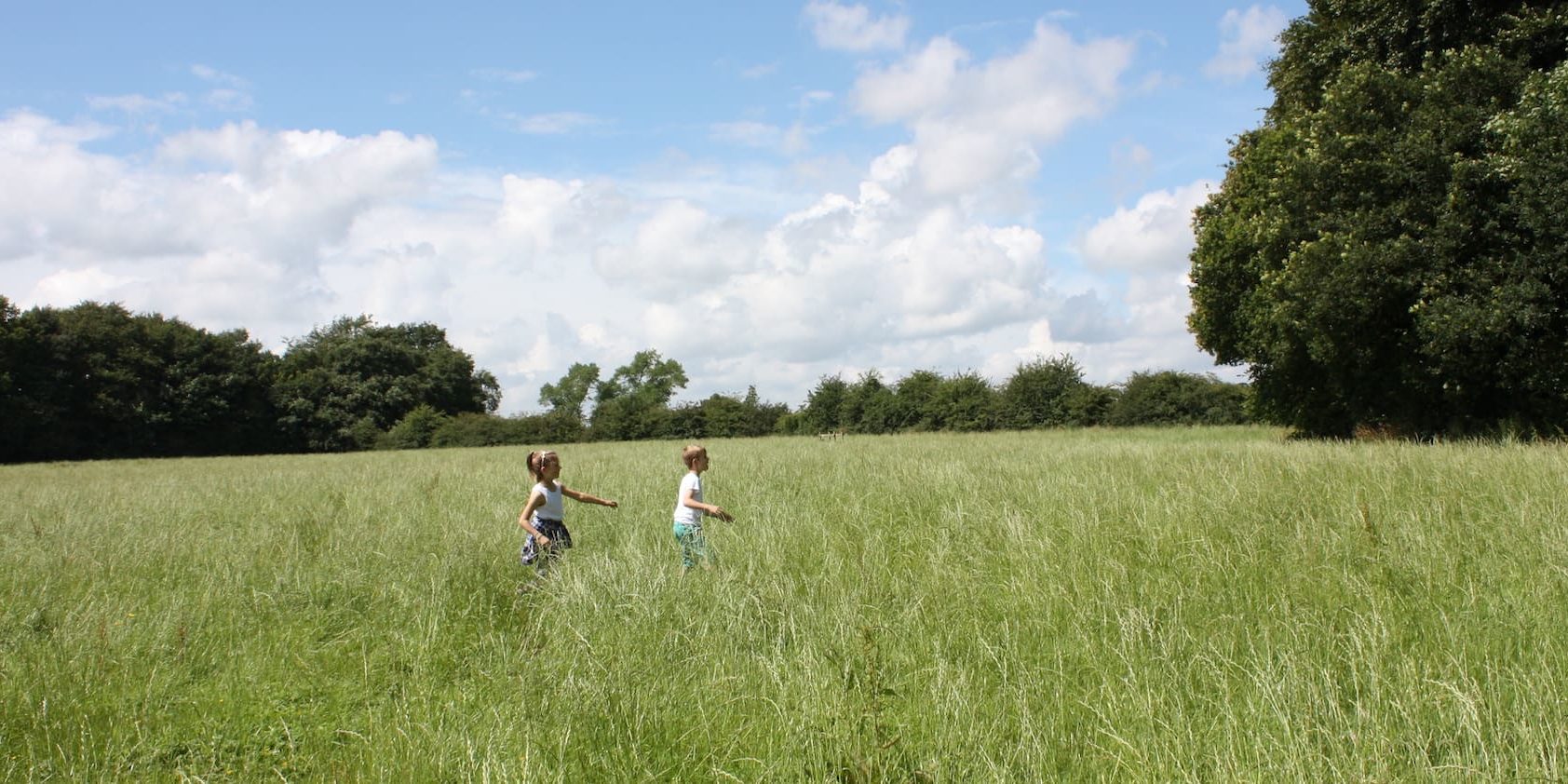Oxfordshire County Council Local Transport & Connectivity Plan Engagement

30th April 2020

CPRE Oxfordshire is calling for a specific rural transport strategy pulling together a plan for improving transport and connectivity in rural areas, including market towns.
This survey is the engagement activity of Oxfordshire County Council’s Local Transport and Connectivity Plan. Full consultation of the Local Transport and Connectivity Plan is planned later this year. The purpose of this engagement activity is to gather opinion and interest. Responses to the engagement will inform the content on the consultation.
The consultation is here https://consultations.oxfordshire.gov.uk/consult.ti/ltcp.engagement/consultationHome
And ends at 11.59pm on Sunday 17 May.
We would suggest completing the online questionnaire, filling in questions as you wish.
We would also suggest commenting on the topic paper: Area Strategies: Area Transport Strategies and indicate support for a specific Oxfordshire RURAL transport strategy.
CPRE Oxfordshire believes that a transport strategy for Oxfordshire (LTCP5) must include a dedicated section pulling together a plan for improving transport and connectivity in rural areas, including market towns.
This is essential to:
Best meet the needs of the county’s significant rural population
Help address the high transport carbon footprint of rural communities
Address wider issues of tranquillity, access to Oxfordshire’s national landscapes, enjoyment of heritage, nature and the countryside.
We welcome LTCP5’s acknowledgement that ‘The nature of Oxfordshire means different strategies for urban, rural, connectivity, towns and villages.’ (Area Transport Strategies paper)
However, on the basis of the current papers provided for comment, it is not clear how this will be carried forward. There are just a handful of references to rural issues through the 28 papers, and these are not co-ordinated in any way. A look back to Local Transport Plan4 also suggests that the strategy for rural areas was not clearly pulled together in one place.
A third of Oxfordshire’s population lives in rural areas, rising to nearly two thirds in areas such as West Oxfordshire.1 Not surprisingly perhaps, people living in rural areas in England make more trips and travel further than those living in urban areas and they also rely more on their car to make these trips (76% of trips by car v 52% for urban dwellers).2 Per capita CO2 emissions related to transport are estimated to be 66% higher away from cities.3 With transport acknowledged as ‘the largest single source of greenhouse gas emissions in Oxfordshire (45% of the total)’ (Climate Emergency & Air Quality- Climate Emergency & Transport paper), that makes tackling rural transport requirements a high priority.
Being realistic, private vehicle use is, and is likely to remain, the main option for travel for the majority of these residents for some time to come, and whilst viable alternatives do not exist, there should be no undue penalty for this. The focus will need to be on building up these alternative options, reflecting the established hierarchy of sustainable travel, reducing the need to travel, minimising journey distances and supporting modal shift to active travel / public transport. This will need to include measures such as:
Better broadband to facilitate both home-working and leisure activities
Increasing flexibility of services eg online medical consultations
Increasing public transport links between market towns (not just spokes to Oxford)
Establishing rural mobility hubs 4
Integrated ticketing between companies/modes of travel
Support for moving to electric vehicles (including not just cars, but e-bikes and scooters)
Special regard for the requirements of our designated landscapes, in particular Oxfordshire’s three Areas of Outstanding Natural Beauty.
Many of these proposals are referenced in some way through the current LTCP5 papers, but they need to be drawn together so they can be considered and evaluated as a coherent strategy in as far as they relate to rural communities. This will also enable priorities for funding to be identified, including rural public transport, cycling and walking (and in the latter case, increased funding particularly for the protection and maintenance of rights of way). We think that LTCP5 must now look specifically at the issues, challenges and possible solutions for rural transport and connectivity. CPRE Oxfordshire would be keen to participate in any discussions related to this and would be happy to support officers/members in any moves to bring together relevant stakeholders.
Transport and travel have been divided into 28 topic papers to make responding easier and more accessible to everyone. Each paper is a short document, setting out some basic information and facts. It is not expected that anyone comments on every paper, although you can if you wish to.
For more information visit the Oxfordshire County Council website.
Download the CPRE Oxfordshire response below.
1 https://insight.oxfordshire.gov.uk/cms/rural
2 https://assets.publishing.service.gov.uk/government/uploads/system/uploads/attachment_data/file/823068/na tional-travel-survey-2018.pdf
3 https://www.bbc.co.uk/news/science-environment-49639003
4 See Future of Rural Mobility Study – Rural Hubs, Midlands Connect – www.midlandsconnect.uk
LTCP5 Oxfordshire Transport Strategy – CPRE Oxon response May 20
